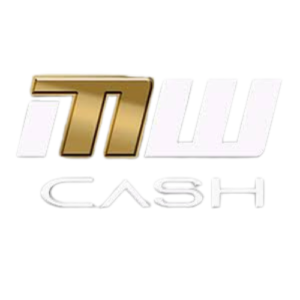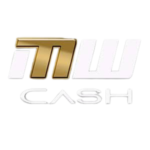As we stand on the cusp of an exciting new digital frontier, the concept of the metaverse—a collective virtual shared space that merges physical and digital realities—is gaining traction. Spanning various immersive environments, from social platforms to virtual marketplaces, the metaverse stands to revolutionize how we interact, work, and play. Central to this transformation is blockchain technology, a decentralized and distributed ledger system that ensures transparency, security, and ownership in the digital realm.
Understanding the Metaverse
The metaverse is not a singular entity but a multitude of interconnected virtual environments that facilitate social interactions, online commerce, content creation, and more. Popular amongst gamers and digital artists, these environments often feature digital avatars that represent users, allowing for a blend of real and imaginary interactions. However, as the metaverse continues to evolve, there’s a growing need for robust tools to manage identity, ownership, and transactions seamlessly.
Blockchain: A Foundation for the Metaverse
1. Decentralized Ownership and Digital Assets
One of blockchain’s most significant contributions to the metaverse is the establishment of ownership rights over digital assets. Non-fungible tokens (NFTs), powered by blockchain technology, have emerged as a revolutionary means of verifying ownership of unique digital items—be it art, virtual real estate, or in-game items. By utilizing NFTs, creators can tokenize their work, providing buyers with immutable proof of ownership and authenticity. This capability empowers artists and gamers to monetize their creations and efforts like never before.
2. Economic Systems and Interoperability
For the metaverse to flourish, it requires a cohesive economic framework that allows for the seamless exchange of goods and services. Blockchain enables the creation of cryptocurrencies, which can serve as the medium of exchange in the metaverse. By adopting a standard currency for these digital environments, interoperability across different platforms becomes possible, ensuring that users can transfer assets, currencies, and experiences from one virtual world to another. This cross-platform functionality represents a significant step towards a unified metaverse where users have the flexibility to move and interact freely.
3. Security and Transparency
The metaverse’s vastness and complexity could expose users to numerous risks, including fraud, data breaches, and identity theft. Blockchain technology provides a decentralized solution to these challenges. With its inherent encryption and transparency, blockchain can secure transactions, ensuring they remain tamper-proof and easily verifiable. This feature not only instills trust among users but also facilitates the handling of sensitive data, such as personal information and payment details, reducing the likelihood of hacks and misuse.
4. Governance and Community Engagement
As the metaverse evolves, so does the need for governance structures that define how digital communities operate and make decisions. Blockchain facilitates decentralized autonomous organizations (DAOs), which allow community members to vote on key issues, such as changes to platform policies or the allocation of funds within a given ecosystem. This transparent and equitable governance model enhances user engagement and fosters a sense of belonging, as participants actively influence the development of their virtual environment.
5. Developer Empowerment and Decentralized Applications
The integration of blockchain within the metaverse encourages developers to create decentralized applications (dApps) that are resistant to censorship and unauthorized control. These applications can offer users various services, from financial transactions to social networking tools, all built on blockchain’s secure and efficient infrastructure. This democratized environment promotes innovation, allowing developers to experiment and contribute to a rapidly expanding digital landscape.
Challenges Ahead
While the role of blockchain in shaping the metaverse is promising, challenges remain. Scalability, energy consumption, and regulatory issues present hurdles to widespread adoption. Moreover, the rapid development of technology outpaces legal frameworks, necessitating ongoing dialogue among creators, users, and regulators. The ecological impact of blockchain operations, particularly within networks relying on energy-intensive processes, raises questions about sustainability that must be addressed continuously.
Conclusion
As the metaverse continues to take shape, blockchain technology stands at the forefront, providing the necessary infrastructure to enhance user experiences, secure digital identities, and facilitate seamless interactions. By championing decentralization, transparency, and ownership, blockchain not only empowers individuals in this new era of digital existence but also fosters a vibrant and dynamic ecosystem that paves the way for unprecedented creativity and innovation. Embracing these technological advancements will be crucial for realizing the full potential of the metaverse as a transformative and inclusive digital space.





